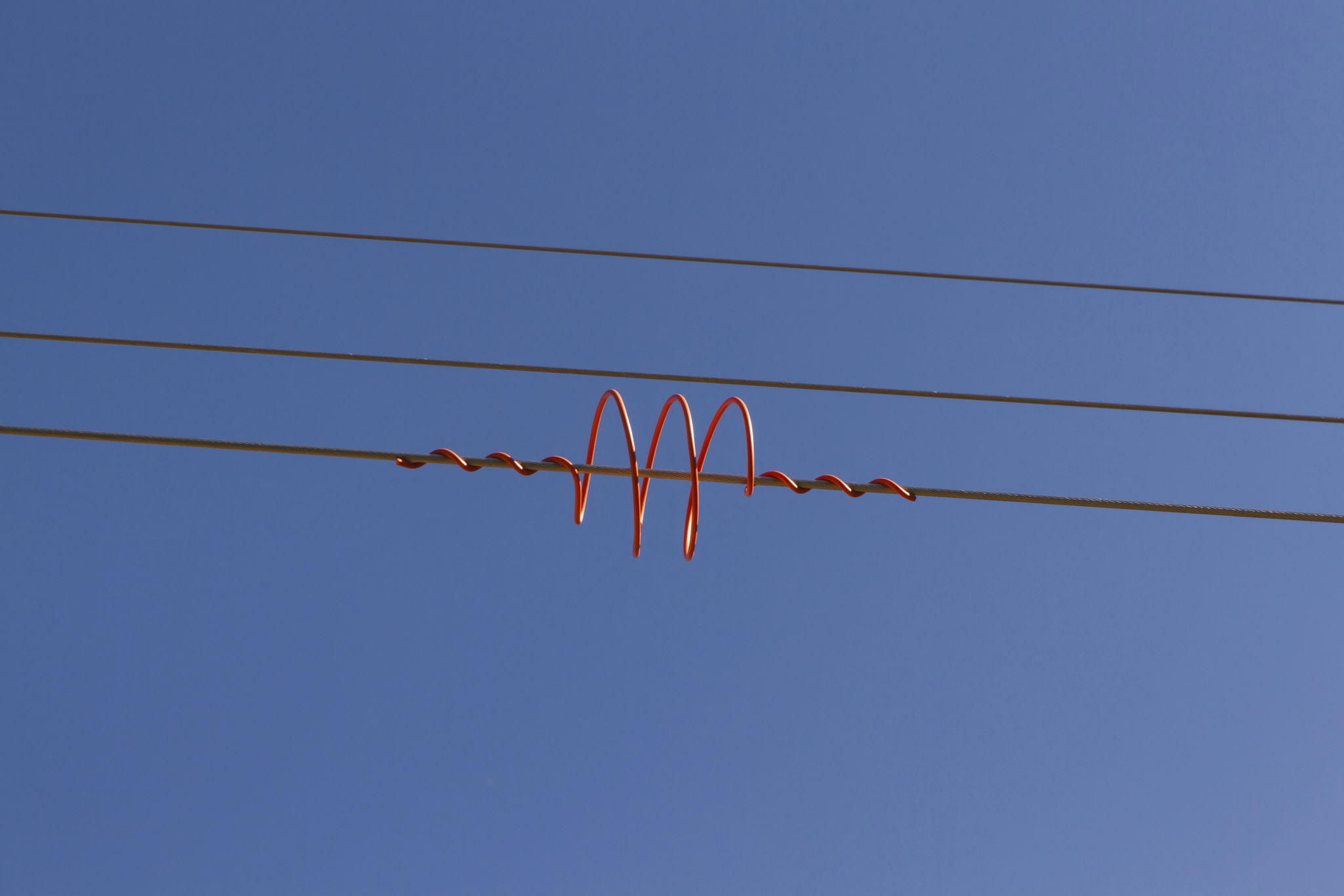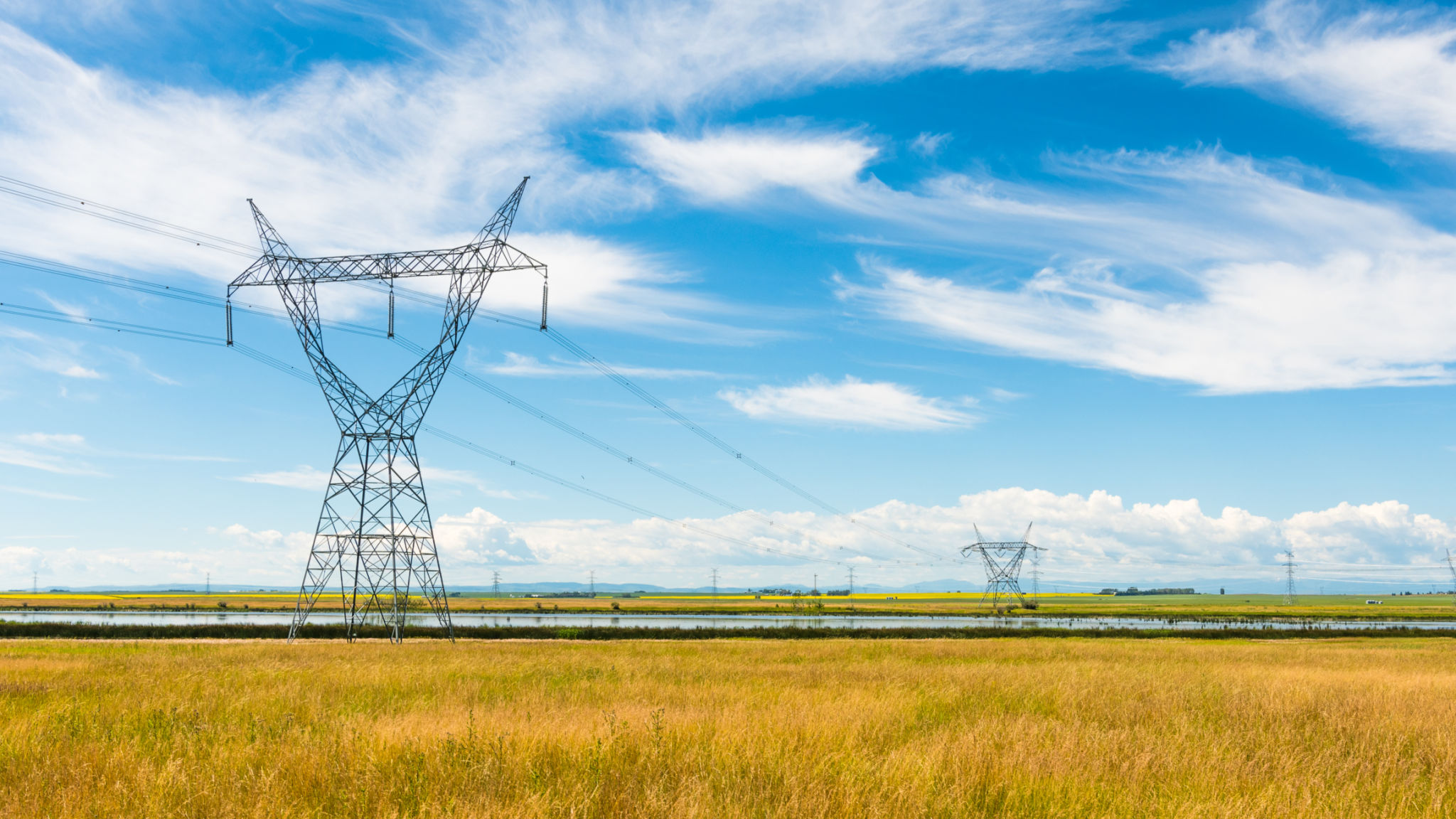Understanding the Environmental Impact of Bird Flight Diverters
Introduction to Bird Flight Diverters
Bird flight diverters are innovative devices designed to prevent bird collisions with man-made structures like power lines and wind turbines. These structures often pose a serious threat to bird populations, causing injury or death upon impact. By installing bird flight diverters, we can significantly reduce these collisions, contributing positively to bird conservation efforts.

The primary function of bird flight diverters is to make power lines and other structures more visible to birds. They achieve this by reflecting light or creating a visual barrier, alerting birds to their presence and allowing them to navigate safely around them. This simple yet effective solution has been implemented in various locations worldwide, demonstrating promising results in reducing avian mortality rates.
The Environmental Benefits of Bird Flight Diverters
Implementing bird flight diverters has a profound environmental impact. The most apparent benefit is the reduction in bird fatalities due to collisions with infrastructure. This directly aids in preserving biodiversity and maintaining healthy ecosystems. Birds play essential roles in ecosystems, such as pest control, pollination, and seed dispersal, all of which are crucial for environmental balance.
Moreover, bird flight diverters contribute to reducing the carbon footprint associated with the maintenance of power lines and other infrastructures. By minimizing bird collisions, these devices help decrease the need for repairs and maintenance caused by birds impacting structures. This, in turn, reduces the environmental impact associated with vehicle emissions and resource consumption required for maintenance activities.

Challenges in Implementing Bird Flight Diverters
Despite their benefits, there are challenges associated with the widespread implementation of bird flight diverters. One significant challenge is the cost involved in installing these devices across extensive networks of power lines and wind farms. Although the long-term environmental benefits often outweigh the initial costs, securing funding and support for such projects can be difficult.
Another challenge is the need for continuous research and development to improve the efficacy of bird flight diverters. Different species of birds may respond differently to various types of diverters, necessitating tailored solutions for specific regions or environments. Continuous monitoring and adaptation are crucial to maximizing the effectiveness of these devices.
The Role of Technology in Enhancing Bird Flight Diverters
Technological advancements have played a crucial role in enhancing the design and functionality of bird flight diverters. New materials that are more reflective or durable have been developed, increasing their visibility and lifespan. Innovations such as LED lights and motion-activated signals are also being explored to further improve their effectiveness.

The integration of data analytics and monitoring systems allows for better tracking of bird movements and collision rates. These insights can guide the strategic placement of bird flight diverters, ensuring they are installed in high-risk areas where they will have the most significant impact. Ultimately, technology offers promising opportunities to refine these tools and expand their benefits.
Conclusion
Understanding the environmental impact of bird flight diverters is essential for promoting their adoption and enhancing our conservation efforts. These devices offer a practical solution to a pressing ecological issue, helping to safeguard bird populations while simultaneously supporting ecosystem health. As technology continues to advance, the potential for even greater environmental benefits from bird flight diverters will likely increase, emphasizing the need for continued investment and innovation in this field.